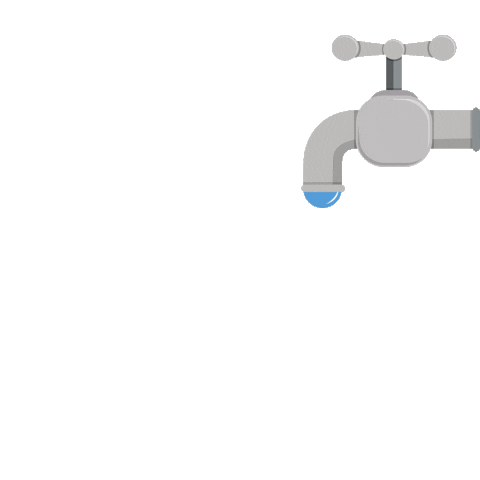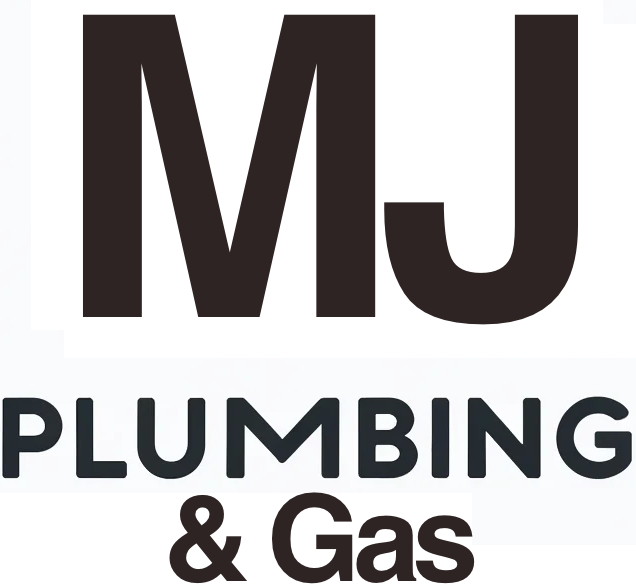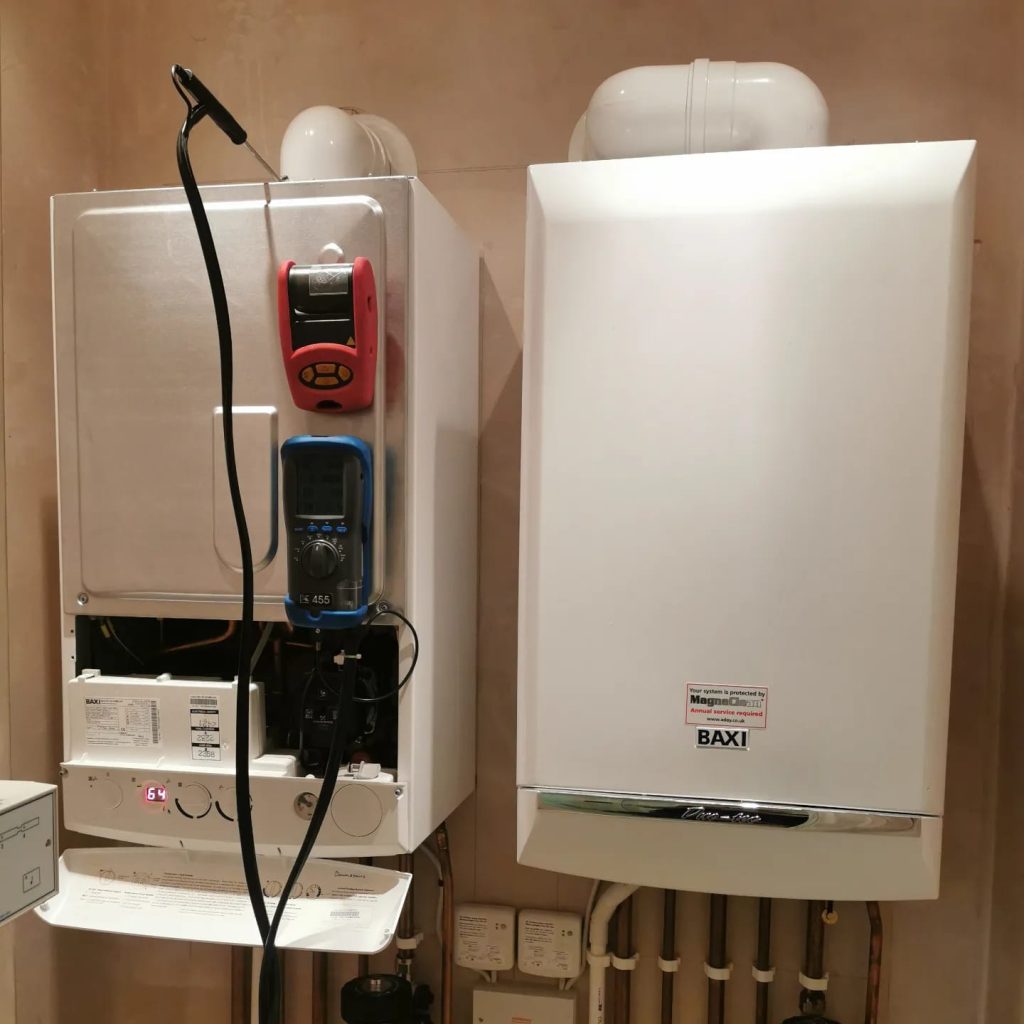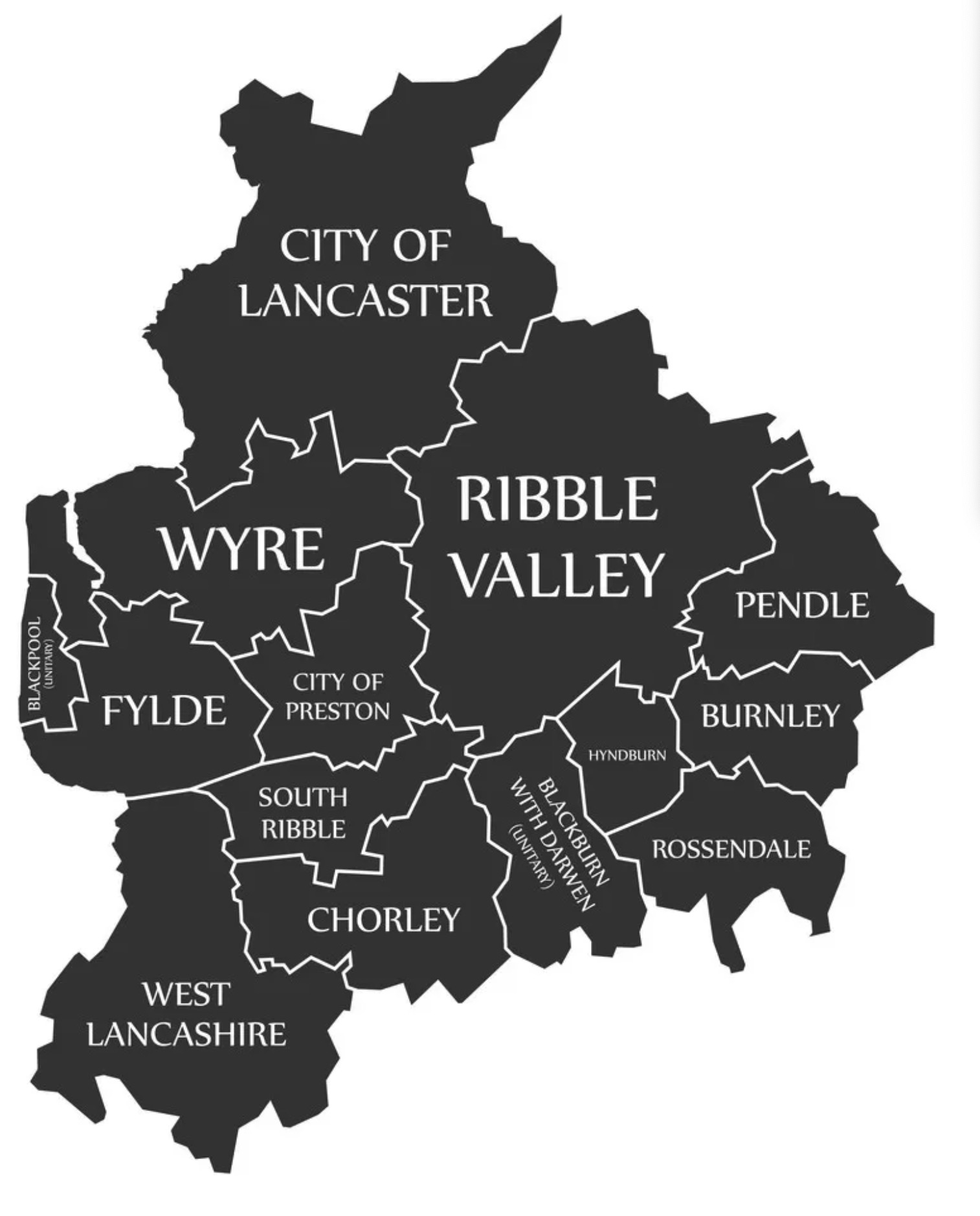Central heating is a system designed to provide warmth to the entire interior of a building or a portion of a building from one point to multiple rooms. It’s a crucial component in maintaining a comfortable living environment, especially in colder climates. Here’s a detailed description of central heating systems:
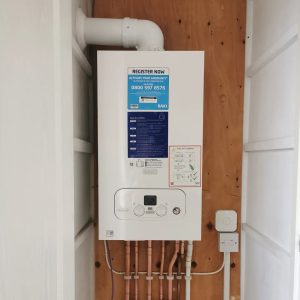
- Heat Source: The heart of a central heating system is the heat source, commonly a furnace, boiler, or heat pump. This unit generates the heat required to warm the building.
- Furnaces and Boilers: Furnaces heat air and use a blower motor and air ducts to distribute warm air throughout the building. Boilers heat water and use either steam or hot water to distribute heat through pipes to radiators or underfloor heating systems.
- Heat Pumps: Heat pumps transfer heat from the outside air or ground into the building. They can also work in reverse to cool buildings during warmer months.
- Distribution System: Warm air, steam, or hot water is distributed throughout the building via a network of ducts or pipes. In the case of forced-air systems, air ducts and vents are used. Radiators or underfloor heating systems are commonly used with boilers.
- Thermostat Control: The system is typically controlled by a central thermostat, which regulates the temperature by switching the heating system on and off as needed. Modern systems may have programmable or smart thermostats for enhanced energy efficiency and comfort control.
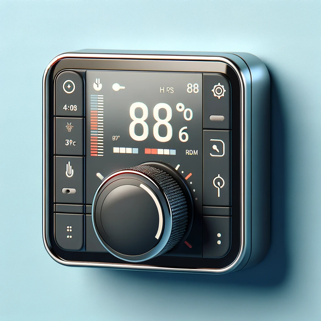
- Energy Sources: Central heating systems can be powered by various energy sources, including natural gas, oil, electricity, or renewable resources. The choice of energy source can depend on availability, cost, and environmental considerations.
- Efficiency and Maintenance: The efficiency of a central heating system depends on the type of system, how well it’s maintained, and the insulation of the building. Regular maintenance is essential for efficient operation and to prolong the life of the system.
- Radiators and Heating Panels: These components radiate heat into rooms. Radiators are often seen in older installations, while newer systems might use sleek, wall-mounted heating panels.
- Underfloor Heating: This method involves heating coils or pipes under the floor, providing an even and comfortable heat distribution. It’s popular in new constructions and renovations.
- Zone Heating: Some advanced central heating systems allow different areas of the building to be heated to different temperatures, which is known as zone heating.

